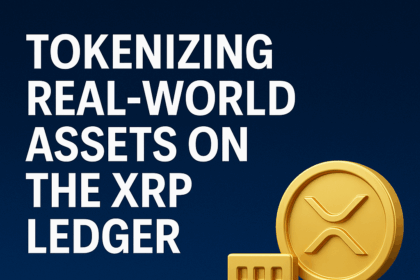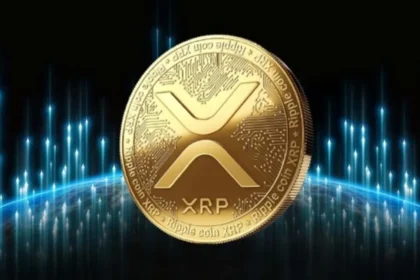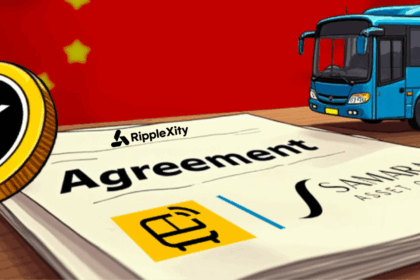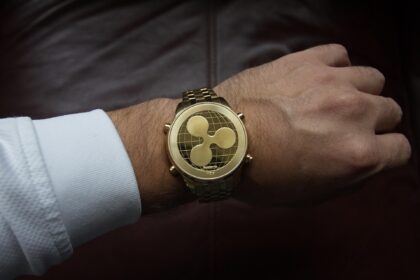The future of blockchain isn’t siloed — it’s interoperable. As hundreds of networks emerge with their own tokens, standards, and ecosystems, the ability to bridge assets, data, and value across chains becomes critical.
Ripple, known for its enterprise-grade payment solutions and the robust XRP Ledger (XRPL), is increasingly positioning itself as a key player in this cross-chain evolution — aiming to connect the fragmented blockchain landscape through real-world applications.
The Interoperability Problem in Web3
Blockchain is growing fast, but in silos. Assets on Ethereum can’t natively interact with tokens on XRPL, Solana, or Avalanche.
This causes:
- Fractured liquidity
- Complex user experiences
- Security vulnerabilities via third-party bridges
- Slower adoption in real-world finance
To enable global utility and seamless value movement, blockchain platforms must interconnect — much like the internet connected information in the 1990s.
Ripple’s Approach to Interoperability
Ripple isn’t just solving for one chain — it’s solving for global value movement. Its strategy includes:
1. Sidechains on the XRP Ledger
XRPL now supports custom sidechains, enabling developers to build interoperable blockchains that plug directly into the XRPL’s core infrastructure — maintaining its speed and security while allowing new functionalities like smart contracts and DeFi.
2. Ethereum Virtual Machine (EVM) Compatibility
Ripple is working toward EVM-compatible sidechains, allowing developers to deploy Ethereum-based smart contracts using familiar tools — while accessing XRPL’s liquidity and built-in tokenization.
3. Interledger Protocol (ILP)
One of Ripple’s early innovations, ILP enables the routing of payments across different ledgers and networks, both centralized and decentralized. It supports any asset, any network — and remains a foundational piece of Ripple’s long-term interoperability vision.
4. Cross-border and Cross-network Token Bridges
With the rise of tokenized assets and stablecoins on XRPL, Ripple’s infrastructure is evolving to bridge digital and real-world assets across blockchains and even into traditional banking systems.
Institutional-Grade Interoperability
Ripple isn’t chasing speculative DeFi hype. It’s building a stable, scalable, and regulatory-friendly environment where:
- Banks can connect blockchains to fiat systems
- Governments can issue CBDCs and settle cross-chain
- Institutions can tokenize real-world assets and move them globally
By embedding interoperability into RippleNet and expanding XRPL’s flexibility, Ripple is building a unified ecosystem — one where tokens, currencies, and value flow seamlessly between public blockchains, private networks, and fiat rails.
Ripple vs. Other Interoperability Projects
While protocols like Polkadot, Cosmos, and Chainlink focus on cross-chain functionality, Ripple brings:
- 🏛️ Enterprise-grade partnerships
- 🌍 Real use cases in global finance
- 📲 Scalable performance for millions of users
- ⚖️ A regulatory-first mindset
- 🧱 Native tokenization and stablecoin support
Ripple isn’t trying to reinvent interoperability from scratch — it’s integrating it with payments, asset issuance, CBDCs, and remittances.
Final Thoughts: A Multi-Chain World, Connected by Ripple
The Web3 future isn’t going to be one chain to rule them all — it will be many chains, working in harmony.
Ripple understands this. Its evolution from a cross-border payments leader to a multi-chain enabler places it at the center of the next generation of finance.
At Ripplexity, we’ll continue exploring how Ripple is unlocking a truly connected financial system — where assets can move freely, across borders and blockchains.










